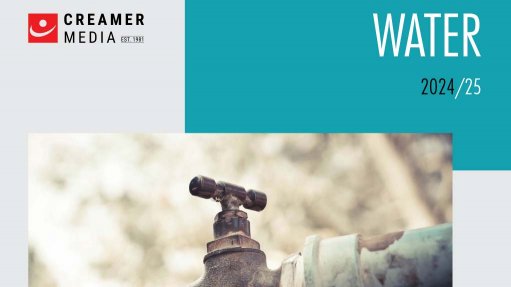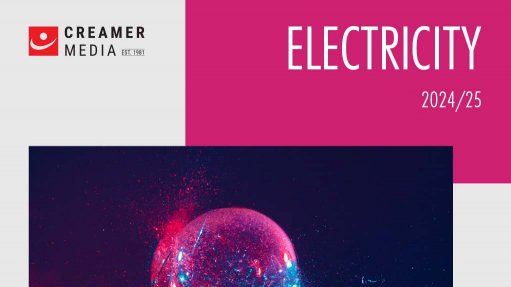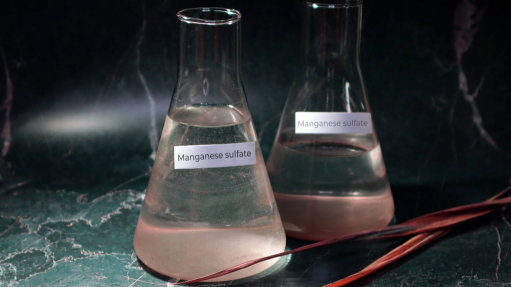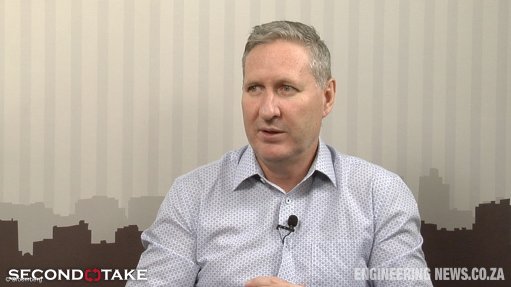Indigenous plant biofilters effectively remove pollutants from stormwater, researchers say
Biofilters with indigenous South African plants, such as palmiet, mat sedge, soft rush, cobra lily and vleibiesie, are significantly more efficient than unvegetated soils in removing nutrients and metals pollutants from urban stormwater, Stellenbosch University (SU) researchers say.
The team investigated the individual efficiencies of nine indigenous plant species and unvegetated soil exposed to varying concentrations, or loads, of nutrients and metals based on published figures of stormwater runoff pollution concentrations and loads. Plants that could mature rapidly during the experimental period and could tolerate inundation and periods of drought were used in the study.
“The most efficient biofilters, based on average percentage load removals, were palmiet, soft rush and mat sedge, removing on average 89.8%, 85.3% and 78.6% of urban stormwater pollutant loads, respectively,” says SU Department of Civil Engineering Water and Environmental Engineering researchers Dylan Jacklin and Isobel Brink and SU Department of Conservation Ecology and Entomology researcher Shayne Jacobs.
Given their general removal capacity, indigenous South African plants should be included in sustainable green infrastructure initiatives to reduce nutrient and metal loads in urban stormwater runoff. The country’s extensive natural biodiversity offers untapped potential of indigenous species’ use in plant biofilters, they say.
Small-scale biofilters can be integrated in local green infrastructure systems throughout a spatially limited urban area, because shallow biofiltration systems are more easily constructed and potentially homogenous with existing drainage infrastructure.
This adaptation in urban planning and design was effective, yet sensitive to issues of water protection and environmental conservation. Further, more dissolved metals were removed than nutrients, the researchers add.
Nutrients and metals can have a detrimental impact on aquatic systems and pose a major human and environmental health risk, they note.
“All the vegetated biofilters outperformed unvegetated soil for mean removals, with the worst performer being the cobra lily, which had a mean removal of 56.3%, only 10.6% greater than unvegetated soil. For the removal of ammonia-nitrogen and orthophosphate, which is the simplest and most common form of phosphorus in water, all vegetated biofilters outperformed unvegetated soil.”
The study published recently in the journal AQUA is the first to investigate nutrient and metal removal efficiency of indigenous South African plant species.
The researchers built 90 biofilter columns from polyvinylchloride piping based on typical recommended urban design guidelines. Within the columns, a drainage outlet was covered by a 70 mm drainage zone below a 100 mm layer of coarse sand to prevent the clogging of sediment in the drainage outlet. This was then topped with a 500 mm mixture of loamy sand, perlite and compost in which the plants could grow. Within this layer, with time, a biofilm forms that helps to improve the ability of the plant biofilters to remove pollutants.
The inner wall of each column was abraded to ensure the water flowed, or infiltrated, through the mixture of loamy sand, perlite and compost, thus near the plant roots. Each column was also sealed at the base, allowing effluent extraction for analyses. The columns were flushed with five litres of tap water per day to stimulate the discharge of excess nutrients and metals which may have lingered within the columns.
“Biofilters with certain indigenous plants consistently removed greater pollutant loads than unvegetated soil for the duration of our experiment and were significantly more efficient than unvegetated soil in the removal of pollutants. Additionally, the efficiency of unvegetated soil to remove metals from the water declined over time, while this was not the case with the biofilters,” says Jacklin, who was the lead researcher for the study.
Biofiltration is a form of ecological engineering that uses plants to detoxify, degrade and/or remove pollutants from the environment, the researchers say.
“The use of plant biofiltration has become increasingly popular within green infrastructure owing to its ability to slow stormwater runoff rates, reduce runoff volumes, decrease sediment transport - caused by, among others, erosion from failing conventional infrastructure systems - and retain pollutants prior to discharge into watercourses.
“In contrast to conventional infrastructure approaches that typically consider stormwater as a substance to dispose of rather than a resource to protect, improved urban stormwater management seeks to treat nonpoint source pollution, reduce hydrologic disturbance and use stormwater as a supplementary resource,” the team said.
Comments
Announcements
What's On
Subscribe to improve your user experience...
Option 1 (equivalent of R125 a month):
Receive a weekly copy of Creamer Media's Engineering News & Mining Weekly magazine
(print copy for those in South Africa and e-magazine for those outside of South Africa)
Receive daily email newsletters
Access to full search results
Access archive of magazine back copies
Access to Projects in Progress
Access to ONE Research Report of your choice in PDF format
Option 2 (equivalent of R375 a month):
All benefits from Option 1
PLUS
Access to Creamer Media's Research Channel Africa for ALL Research Reports, in PDF format, on various industrial and mining sectors
including Electricity; Water; Energy Transition; Hydrogen; Roads, Rail and Ports; Coal; Gold; Platinum; Battery Metals; etc.
Already a subscriber?
Forgotten your password?
Receive weekly copy of Creamer Media's Engineering News & Mining Weekly magazine (print copy for those in South Africa and e-magazine for those outside of South Africa)
➕
Recieve daily email newsletters
➕
Access to full search results
➕
Access archive of magazine back copies
➕
Access to Projects in Progress
➕
Access to ONE Research Report of your choice in PDF format
RESEARCH CHANNEL AFRICA
R4500 (equivalent of R375 a month)
SUBSCRIBEAll benefits from Option 1
➕
Access to Creamer Media's Research Channel Africa for ALL Research Reports on various industrial and mining sectors, in PDF format, including on:
Electricity
➕
Water
➕
Energy Transition
➕
Hydrogen
➕
Roads, Rail and Ports
➕
Coal
➕
Gold
➕
Platinum
➕
Battery Metals
➕
etc.
Receive all benefits from Option 1 or Option 2 delivered to numerous people at your company
➕
Multiple User names and Passwords for simultaneous log-ins
➕
Intranet integration access to all in your organisation

















